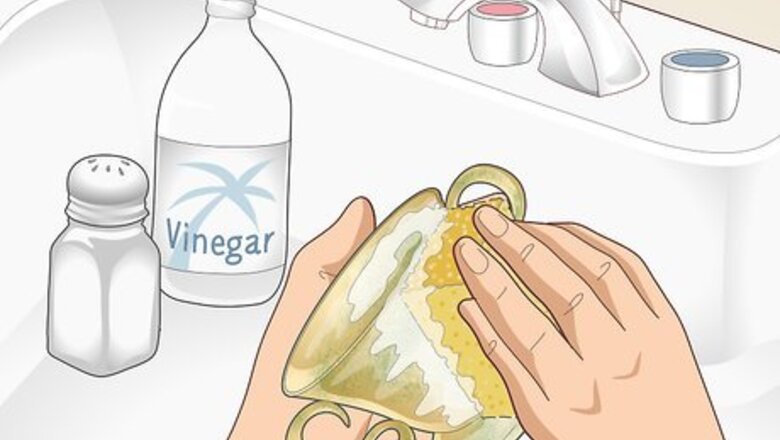
views
Cleaning the Piece and Observing the Color
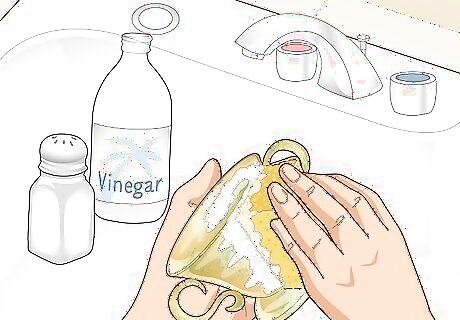
Clean the metal with a salt and vinegar paste if it's tarnished. Older pieces of brass or bronze can develop a dark or green coating called a patina, which can make it hard to see the actual metal color. To thoroughly clean the piece, mix 1 tablespoon (17 g) of salt with 1 tablespoon (8 g) of flour and stir in enough white vinegar to make a thick paste. Scrub the paste onto the metal with a sponge and rinse it off with hot water.Tip: If the metal is still tarnished, put it into a container with equal parts water and white vinegar so the metal is submerged. Leave it overnight to soak and then rinse it with hot water the next day. If the metal isn't tarnished, just dust it with a soft cloth to remove surface dirt.
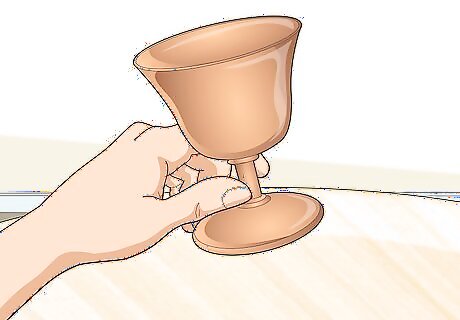
See if the metal is reddish-brown, which could mean it's bronze. Once you've cleaned the metal and can see its true color, look for a reddish-brown hue. Since bronze is made of copper and tin, it doesn't have the yellow coloring that brass does. If you're struggling to tell the difference, it can help to hold up a few different pieces of metal so the coloring is easier to see.
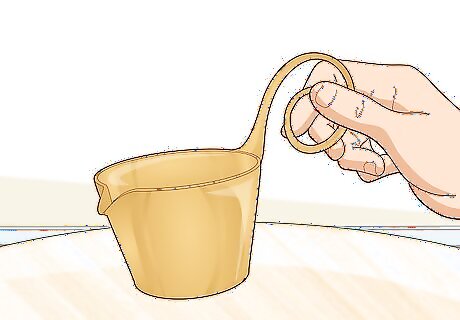
Look for yellow-colored metal to determine if it's brass. At first glance, brass looks yellow like gold because it's made of copper and zinc. If you were to compare brass and gold, the brass looks duller and less vibrant. It also looks much more yellow than bronze. If the metal piece wasn't very tarnished, this might mean it's brass. Brass is sometimes coated with a clear lacquer that protects the metal.
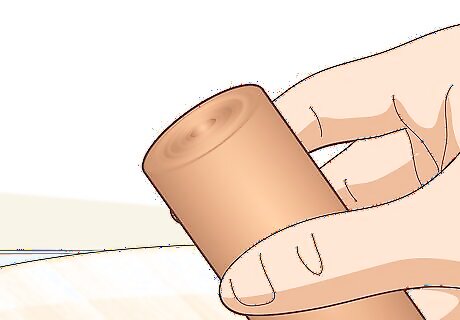
Check the object to look for rings, which are common with bronze. Since bronze is usually cast using centrifugal or spinning force, the process leaves the metal with faint rings on the surface. Feel the metal or look for rings if you think the piece is made of bronze. The rings are easier to spot if the piece is a metal pipe or cylinder.
Considering Other Clues
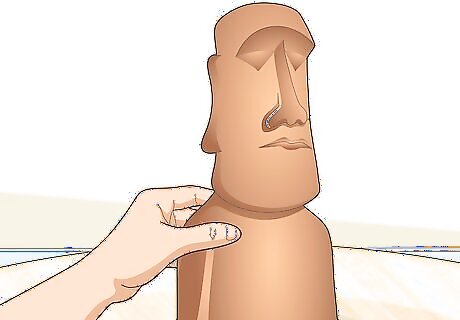
Identify sculptures or sturdy pieces that are frequently made with bronze. Because bronze resists corrosion, especially from saltwater, a lot of boat or ship fittings are made with it. Bronze is also used for sculptures and outdoor artwork because the valuable metal wears well over time. Other items that are usually made from bronze include: Bells Cymballs Propellers Electrical connectors and springs Bearings Cast sculptures
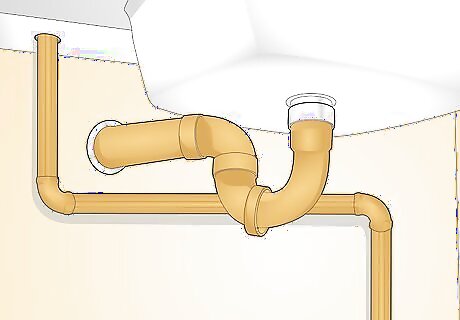
Look at decorative or plumbing items that could be made from brass. Since brass is less expensive than bronze, many household items are made with it. Musical instruments are also usually made from brass, not bronze. These objects are usually made from brass: Tubes or pipes Musical instruments, such as trumpets or tubas Locks, doorknobs, gears Ammunition casing Home decoration, such as candlesticks or wall sconces Zippers
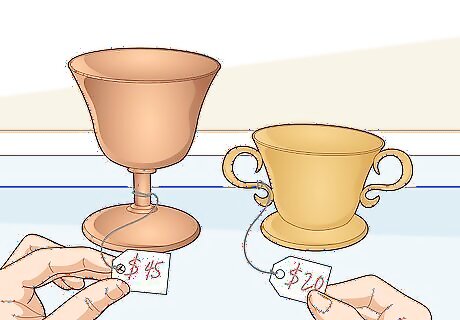
Compare prices in a shop to determine which metal is more expensive. If you're looking at several metal pieces, look at the price tags. Bronze contains tin, which is an expensive metal, so bronze is usually more expensive than brass pieces. This also means that you may be able to find good deals if bronze pieces are mistakenly labeled "brass."
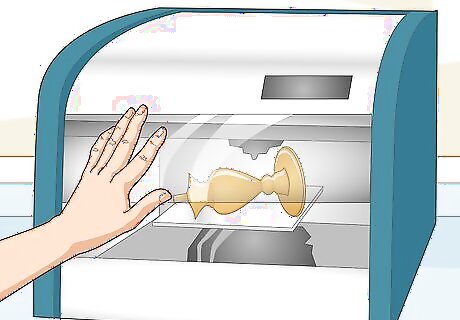
Take a metal piece to a professional if you're still unsure whether it's brass or bronze. If you'd like to know without a doubt whether your piece is bronze, find a local metal worker and ask them to analyze the material. Most professionals have an X-ray fluorescence (XRF) analyzer, which X-rays the metal to determine its exact metal properties. You can also ask at local scrap yards since many of these have X-ray fluorescent analyzers.




















Comments
0 comment